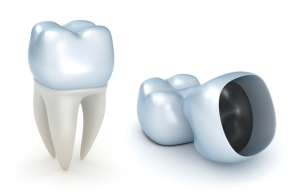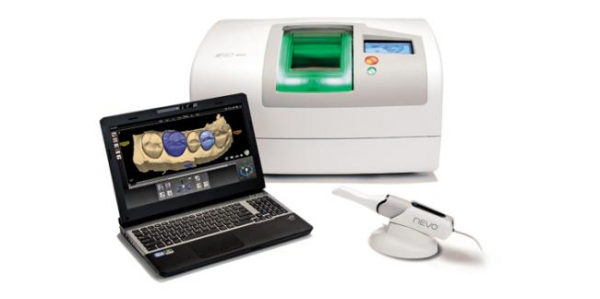Dental Crowns / Caps
At Rayburn Dental Studio we pride ourselves in using only the finest materials for dental crowns to ensure the cosmetic outcome is beautiful. Our North Battleford dentists are trained and use only Planmeca Romexis imaging to fabricate dental crowns that replicate the natural beauty, lustre and fit that only this can simulate.
Dental crowns, also known as “caps,” preserve the functionality of damaged teeth. Crowns may be used to protect a cracked tooth, restore functionality of a tooth with excessive decay, or cover a tooth that has had root canal treatment. The purpose of a dental crown is to encase a ’weak’ tooth with a custom-designed material.
The Clinical Procedure for a crown
During the crown procedure at Rayburn Dental Studio, our North Battleford dentist will prepare the tooth for a custom designed crown. The dentist will use a unique computer assisted dental device called the iTero which takes digital photos of the prepared tooth and depending on the type of crown either sends them to our CAD/CAM milling machine or the dental labratory for fabrication of the crown/cap. A fitted, temporary crown is created during this visit to temporarily protect the tooth while the final restoration is being made. Once completed, the crown is cemented at a later visit.
Crown Types:
Porcelain fused to metal crowns, all porcelain crowns or gold crowns.
The three predominant choices of restorative materials for the full coverage crowns are:
- All-ceramic (all-porcelain)
- Gold or
- Porcelain fused to metal.
The material selected is determined by the clinical demands at hand; esthetic demands, strength requirements, material durability and restorative space available.Gold
All-Ceramic Crowns/Caps (All porcelain)
The predominant material choice for all-ceramic crowns today is either zirconia, or aluminous materials. They provide a metal-free esthetic option with a number of benefits. By eliminating the need for the supportive metal core, an esthetic all-ceramic crown can be created with a reduced thickness of material. This makes them a more favorable treatment choice in areas with limited space. Additionally, the elimination of the metal core allows for light transmission through the porcelain for better optical, life-like properties and a higher level of esthetics. All-ceramic materials continue to evolve in strength and durability, but caution should still be exercised for areas of the mouth requiring heavy function. Continuing research is exploring the significant vulnerabilities of the porcelain systems in such areas.
Gold Crowns/Caps
Although not as popular a treatment choice for esthetic reasons, gold crowns are still indicated in some instances. For example, patients with strong bites and those with parafunctional habits (such as grinding or clenching) might be better served with gold crown. The traditional restorative material can provide stronger support to the remaining healthy tooth structure. Gold crowns offer a level of durability that is appropriate for teeth located in the back of the mouth (such as the molars), where they will not be highly visible. Gold crowns tend to offer greater longevity and require less preparation than porcelain and porcelain-fused-to-metal crowns. When chewing, gold tends to be less abrasive to the opposing tooth than porcelain. This helps to prevent wearing of the teeth.
Porcelain-Fused-to-Metal Crowns/Caps
Porcelain-fused-to-metal crowns provide for a strong, durable, and esthetic treatment option. One of the key factors for the esthetic and functional success of this type of crown is ensuring the preparation of the underlying tooth structure provides adequate space for the appropriate thickness of the material selected. Additionally, the artistic skill of the laboratory technologist creating the crown will determine its esthetic appeal. One consideration in the porcelain-fused-to-metal crown is that these crowns may tend to show the underlying metal or gold margin at the gum line as gums recede over time. Some patients opt for this type of crown, but replace the crown at a later date in order to maintain a higher esthetic benefit. Porcelain-fused-to-metal crowns with an all porcelain collar can eliminate this vulnerability.
Call us with any questions at Rayburn Dental Studio, North Battleford dentists at (306) 445-3422 for a complimentary consultation!


